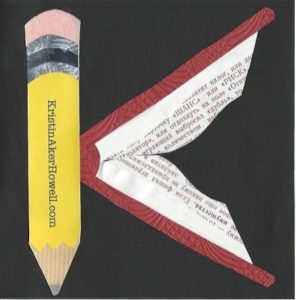
August 31, 2020 | Posted in:Blog: Story Stories, Education Policy, teaching
Ravenswood City School District’s first official full year with their new Superintendent, Gina Sudaria, saw a new Strategic Plan implemented, a pandemic, and then a flip to online learning. The former principal at Costano hasn’t missed a beat, still planning for her District to be a place where educators will be happy to bring their own children to school.
If you read the strategic plan for Ravenswood you will see lots of things we love in Silicon Valley: deliverables for things like communication, professional development, assessment. But if you listen to this interview with Ms. Sudaria you will see what I see: an educator whose bottom line is the heart. She considers a school great if educators will bring their own children to it. And Ms. Sudaria brought her son to Costano. Ms. Sudaria wants every school to be a place where students want to come on campus because they know the adults on campus want them there. In Ravenswood, that’s what she sees. And their focus is on delivering instruction to the diverse set of students they have focusing on the culture, race and language to meet the needs of all students.
The biggest barriers to this strategic plan are financial. As a Revenue Limit school district, nearly fifty percent of the RCSD budget is restricted, meaning the State determines how it is to be spent. The restrictions are so tight, those dollars can’t even be used for teacher salaries, which is a barrier for RCSD in recruitment and retainment. If you look at this comparison between Districts, you will see how the average per pupil spending differs between our Basic Aid Districts and RCSD. The Ravenswood Education Foundation is the best way to support the District in meeting the needs of the students because the Foundation works with the District to allow the restricted funds to be spent optimally, thereby freeing up use of unrestricted funds.
Ms. Sudaria envisions three ways to make equity a reality. Get rid of restrictions on state money, for one. Another suggestion she has is to stop funding penalties based on attendance. Basic Aid Districts don’t face those penalties. Ms. Sudaria’s third goal is to make sure our schools are meeting the needs of black and brown students and doing anti-racist work.
In my next blog post, hear from one of the organizers of the Palo Alto Youth Art Protest. If you would like to share your thoughts about What Would Equity Look Like, write to me at KristinAkerHowellATgmailDOTcom.
